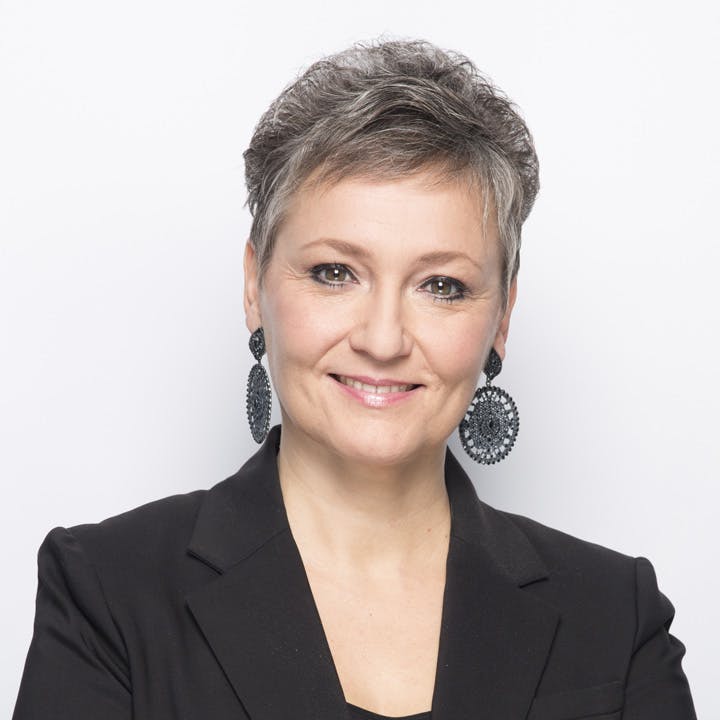Our economists’ views

Isabelle Job-BazilleGroup Chief Economist

Jean-François ParenHead of Global Markets Research, Crédit Agricole CIB
Our central scenario revolves around the assumption that the conflict between Ukraine and Russia remains intense and a peace process distant. While there are traces of inflation everywhere, there are more and more signs that it is beginning to ease both in the United States and Europe against a backdrop of lower tensions in global supply chains and falling commodity prices.
If there are no new price shocks, this easing could intensify in the second half of the year due to strong base effects and the expected cooling of the global economy. In the meantime, central banks, which have made the fight against inflation a priority, will pursue their monetary tightening policy, albeit at a slower pace, in order to consolidate the disinflation process.
In other words, while 2022 was characterized by inflation, worries for 2023 will focus on the magnitude and duration of the slowdown. The US Federal Reserve’s aggressive monetary policy should therefore constrain spending and lead to a recession by the middle of the year, which should be both light and brief, reducing annual growth to around 1% in 2023 and gradually suppressing inflation.
In a sluggish global economy, growth in emerging countries will struggle to gain momentum, especially as traces of the inflationary shock remain and global monetary tightening increases financial pressures. This global picture hides significant disparities: energy-producing countries are still benefiting from high fossil fuel prices; Asia is proving to be an alternative to sourcing from China; Latin America is suffering from the fall in the price of exported raw materials and its fiscal constraints are increasing; while Central and Eastern European countries, close to the Russian-Ukrainian conflict, and low-income countries are suffering more, with, for the latter, food security issues linked to sociopolitical risks. For China, the end of the zero-Covid strategy and the reopening of its economy are double-edged. On the one hand, the expected rebound in activity will act as a buffer during the global cooling phase. On the other hand, China’s very commodity-intensive growth could slow the disinflation process and increase competition in the liquefied natural gas market.
“Following a very steep rise in interest rates in 2022, which seriously undermined performance and almost shut down the primary market, fixed income regained its status as a safe haven in 2023 and the interest of investors.”
